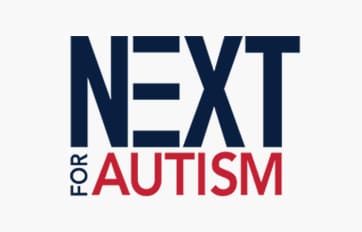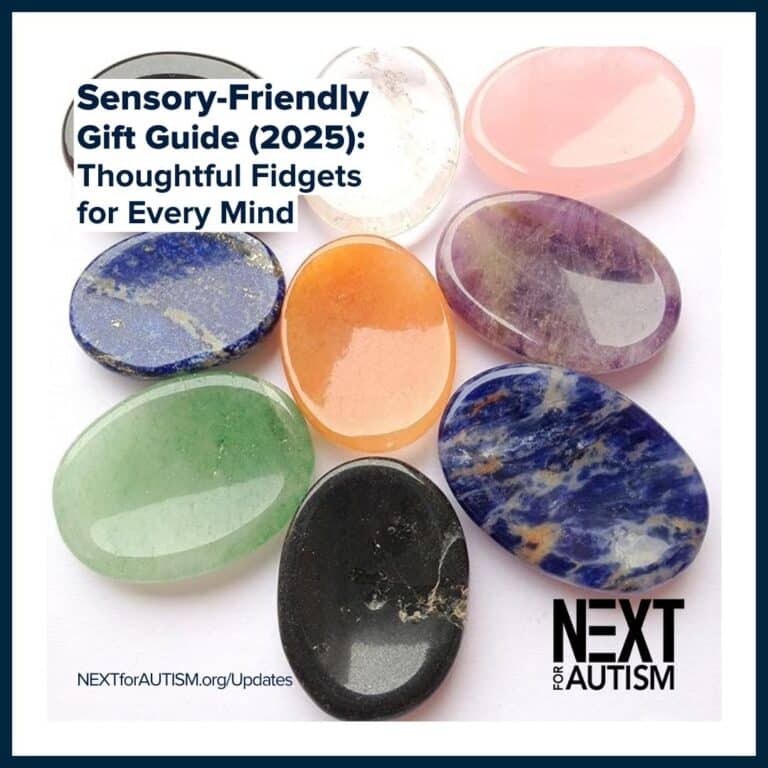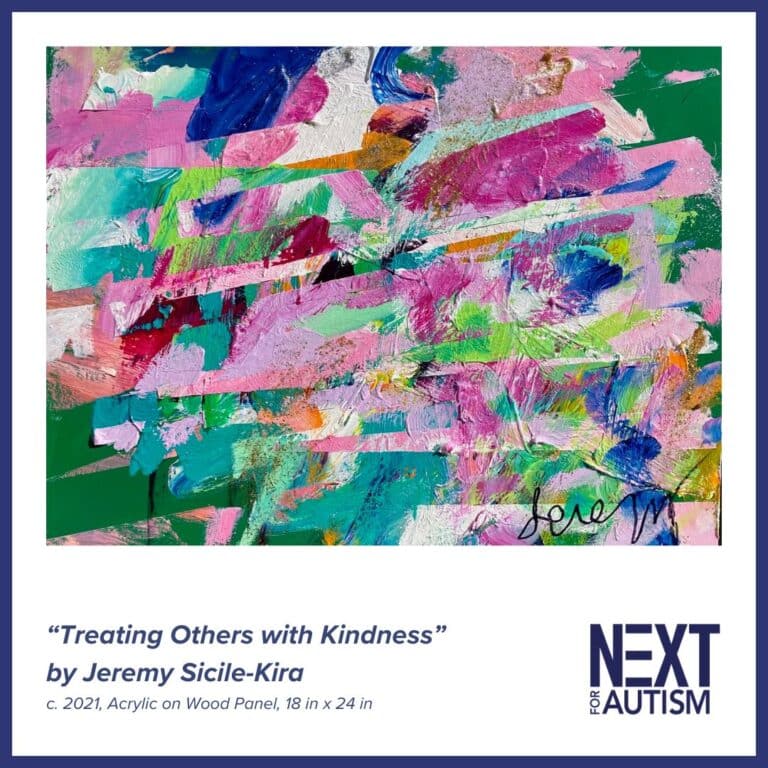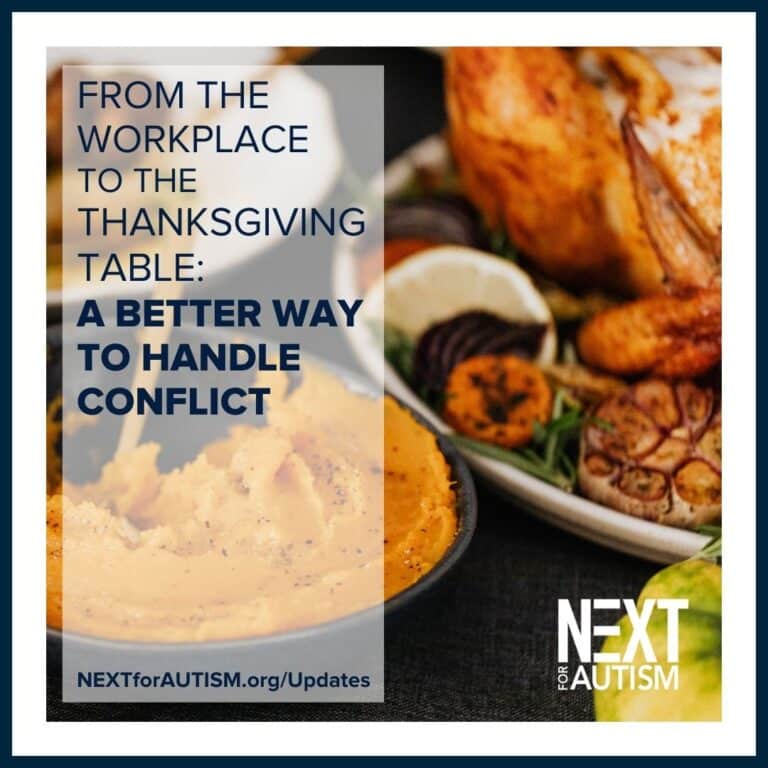“I’m turning here; I’m making a left turn. I have to cross this lane of traffic. I’m watching
those cars,” she says. “See those people? That car is breaking. That’s what it means.”
Lai doesn’t know if her son will ever drive. But she does know that his autism means
her son has to be taught and repeatedly practice many lessons that neurotypical teens
would pick up more easily.
Helping individuals with autism reach adult milestones — like driving, going to college
or getting a job — was the subject of a panel discussion moderated by The New Yorker
Editor David Remnick this week at Greenwich Country Day School. Sponsored by the
nonprofit Next for Autism, the panel followed a screening of the documentary “How to
Dance in Ohio,” which explores the lives of autistic young adults.
The film’s producer and director Alexandra Shiva, who participated in the panel, said
she was interested in exploring coming of age with autism after meeting a friend’s
daughter who was on the spectrum.
“Her parents talked a lot to be about how there is so much focus on cause and cure but
not enough on what happens when kids grow up,” she said.
The film, which premiered at the Sundance Film Festival in 2015, tells the story of a
group of autistic young adults who spend three months preparing for a formal dance
organized by their clinical psychologist in Columbus, Ohio. At therapy sessions they
learn how to talk to people they don’t know, ask a date to an event, and even dance the
“Wobble,” in preparation for an evening that will challenge their social and
communication skills.
“This film is an incredible opportunity to look at young adults with autism going into
adulthood,” said Ilene Lainer, Next for Autism president and co-founder. “I find it a
wonderful journey.”
A neurodevelopment disorder, autism can produce social, cognitive and
communication impairments ranging from mild to severe. It is often identified in young
children who may be avoidant, have abnormally developing language skills or difficulty
with facial expressions or other social cues, among other characteristics. It is
estimated one in 68 children in the U.S. has autism, according to the National Institute
of Health.
According to Lainer, more than half a million teens with autism are expected to
transition into adulthood over the next decade. When young adults reach age 21, they
are no longer eligible for public school and other programs for autistic children, leaving
some autistic individuals and their families struggling to figure out what is next.
Remnick and his wife Esther Fein have an 18-year-old daughter with autism named
Natasha. She is nearly non-verbal and can only express her needs and wishes in
primitive ways, her parents say.
“It’s really important for scientists to be doing research on the causes and potential
cures for autism,” said Fein. “We also need advocates in Washington who are pushing
for policy — insurance policies, educational policies, long-term living policies — that
meet the needs of people with autism and even other developmental disabilities. But
right now, people with autism need programs. They need ways of feeling involved in the
community, ways of having jobs, of having places to live.”
Remnick and Fein are both Next for Autism board members and live in New York City.
“We live in a moment now, it’s a very hard moment,” said Remnick, who has been editor
of The New Yorker since 1998 and reported on topics such as Russia and the Middle
East, interviewed multiple presidents and published six books. “I think people are
struggling to figure out ways they can express their solidarity and humanity…
Compassion is not on the tip of everybody’s tongue; let’s just put it that way. So when
groups that come along that are as serious and as decent as Next for Autism — I can
name a whole bunch of other ones, but we’re here for that one tonight — they can show
concrete help. For some people that means time, for other people that means money,
and for a lot of people it means showing up, like they did tonight, and a watching a
movie to see something, to feel something that they didn’t see yesterday.”
Next for Autism serves the New York metro area with programs in New York City and
Westchester County that integrate autistic individuals into their neighborhoods
through mentoring or internship opportunities, among others. Communities can better
support individuals with autism by being more inclusive and welcoming, Lainer said.
Lai, a Next board member from Greenwich, described receiving dirty looks when she
was out with her autistic son if she could not control his behavior. Some people
whispered behind her back that she was a “bad mother,” or her son a “bad child.”
Now that her son is older, she wants the same things for him as her normally
developing 11-year-old son.
“What do we want for their future? We want them to live independently, we want them
to have a job or some sort of meaningful activity,” she said. “We want them to have
friends, we want them them to romantic interests, we want all the things we want for
our typical children for our children on the spectrum.”
[email protected]; Twitter: @emiliemunson








Leave a Reply